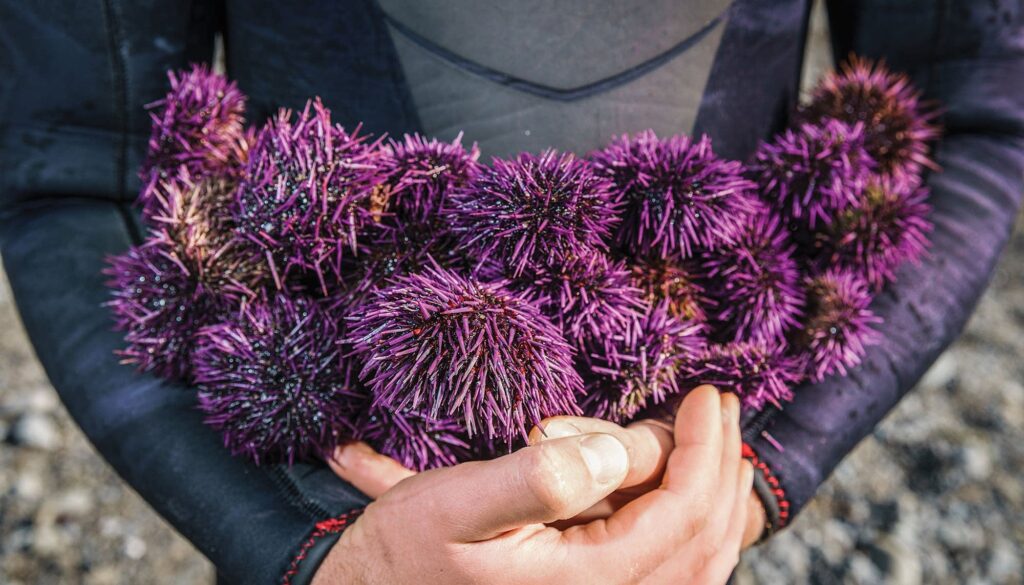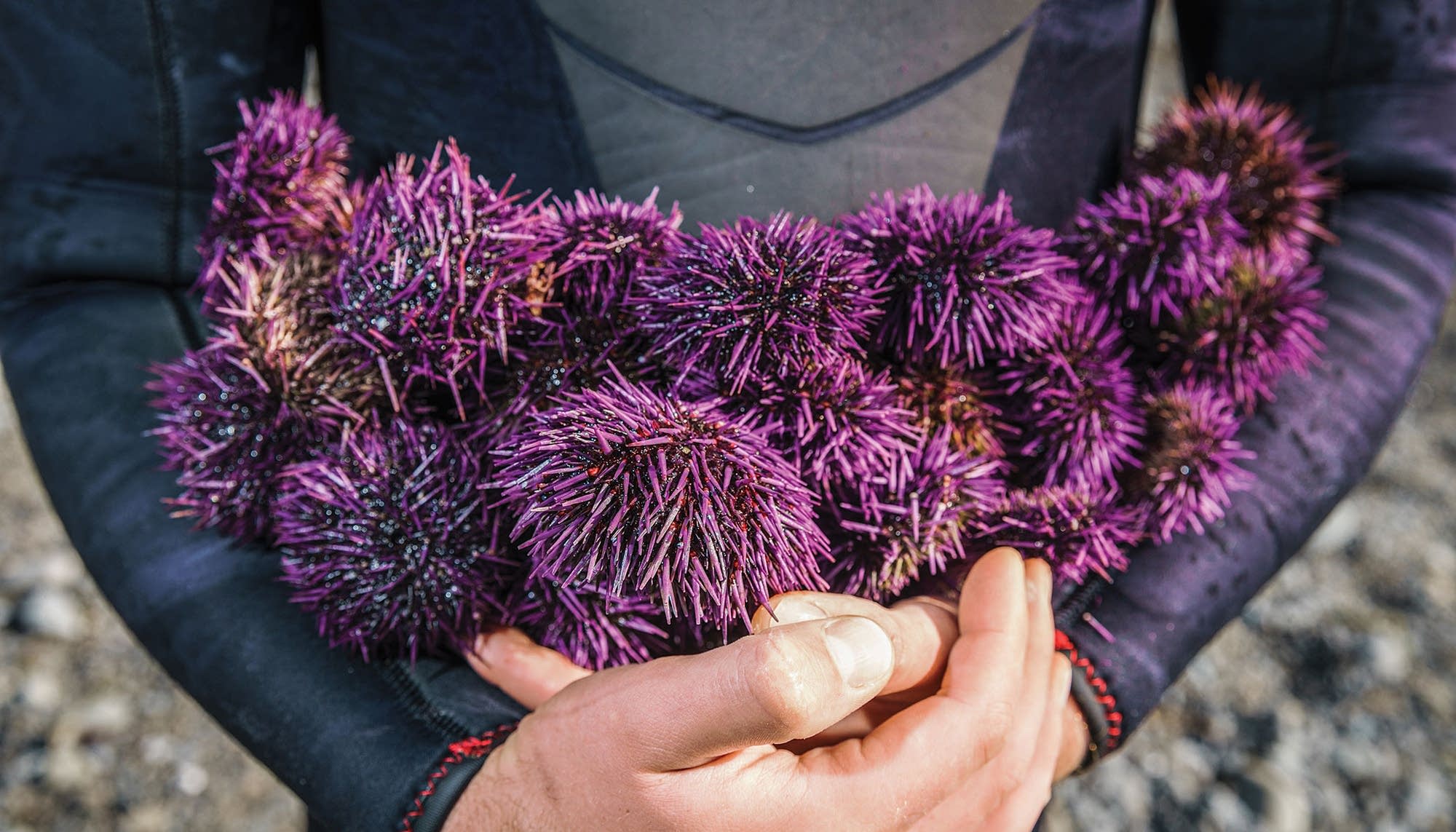
Introduction:
Beneath the waves of our vast oceans, a world of wonders awaits discovery. Among the fascinating marine inhabitants, sea urchins stand out with their spiky shells and enigmatic nature. These captivating creatures have captured the curiosity of scientists, divers, and nature enthusiasts alike. In this article, we delve into the intriguing world of sea urchins, unveiling their secrets, adaptations, and ecological significance.
What is a sea urchin
An “urchin” typically refers to a sea urchin, which is a spiky marine creature belonging to the echinoderm family. Sea urchins are found in oceans worldwide and are known for their round or oval-shaped bodies covered in sharp spines. They come in various colors and sizes, and their spines serve as a defense mechanism against predators. Sea urchins are herbivores, feeding on algae, seaweed, and other marine vegetation. They play important ecological roles, such as controlling algae growth and providing food for other marine organisms. Sea urchins are also consumed as seafood in certain cultures, particularly their prized roe, known as “uni,” which is considered a delicacy in many cuisines.
1. A Diverse and Ancient Lineage
Sea urchins have a remarkable evolutionary history that spans over millions of years. Fossil records indicate their existence dating back to the Paleozoic era, making them one of the oldest living groups of echinoderms. Today, more than 950 species of sea urchins inhabit the oceans, showcasing a remarkable diversity in form, color, and behavior.
2. Unique Morphology and Adaptations
The characteristic spiky shells of sea urchins serve as a protective armor against predators. These shells, known as tests, are composed of intricate plates called ossicles. While they vary in shape and arrangement, their primary function is to safeguard the delicate internal organs of the urchin.
3. Herbivorous Lifestyle
Sea urchins are primarily herbivores, feeding on algae, seaweed, and other marine vegetation. Equipped with a specialized feeding apparatus known as Aristotle’s lantern, located on the underside of their body, they scrape and graze on surfaces to extract nutrients. Their feeding habits play a crucial role in maintaining the balance of marine ecosystems by controlling algae growth.
4. Ecosystem Engineers
Through their feeding activities, sea urchins can significantly influence the dynamics of marine habitats. In areas with excessive algal growth, sea urchins act as ecosystem engineers, clearing spaces for other marine organisms to thrive. Conversely, overgrazing by sea urchins can lead to the degradation of underwater habitats, highlighting their delicate ecological balance.
5. Defense Mechanisms
Sea urchins possess an array of defense mechanisms to ward off predators. While their spines act as a primary deterrent, some species have venomous spines that inject toxins upon contact. Additionally, sea urchins can release tiny pincers called pedicellariae, which help keep their bodies clean and discourage unwanted hitchhikers.
6. Regeneration and Reproduction
Sea urchin possess impressive regenerative abilities. If they experience damage or lose a limb, they can regenerate and regrow these body parts. Furthermore, sea urchins reproduce by releasing eggs and sperm into the water, where fertilization occurs externally. Their complex life cycle involves distinct larval stages, each with its unique adaptations for survival.
7. Cultural and Culinary Significance
Sea urchins hold cultural and culinary significance in various parts of the world. The delicate roe, known as “uni,” is highly prized in many coastal cuisines. With its rich and creamy texture, uni is used in sushi, seafood dishes, and gastronomic creations, tantalizing the taste buds of seafood enthusiasts. In some coastal communities, they represent abundance, resilience, and the connection between land and sea. Their intricate forms and spiky shells have inspired artwork, jewelry, and even architectural designs, serving as a reminder of the beauty and diversity found in our oceans.
Conclusion:
Sea urchins, with their ancient lineage and intriguing adaptations, offer a glimpse into the remarkable diversity and complexity of marine life. From their spiky exteriors to their role as herbivores and ecosystem engineers, these enigmatic creatures play vital roles in shaping the health and balance of underwater ecosystems. By unraveling the secrets of sea urchins, we gain a deeper appreciation for the intricate web of life beneath the waves, reminding us of the importance of preserving and understanding our oceans’ wonders.

Seafood Society by M&C Asia has earned its reputation by directly supplying the freshest seafood from the dock to the kitchen. We work closely with small fishmongers who carefully select the best catches from daily arrivals.
This close collaboration allows us to easily track the handling and origins of our seafood right from the source. Furthermore, our company actively maintains certification under the Chain of Custody (CoC) by the Marine Stewardship Council for both wild (MSC) and farmed (ASC) species.






 No products in the cart.
No products in the cart. 
